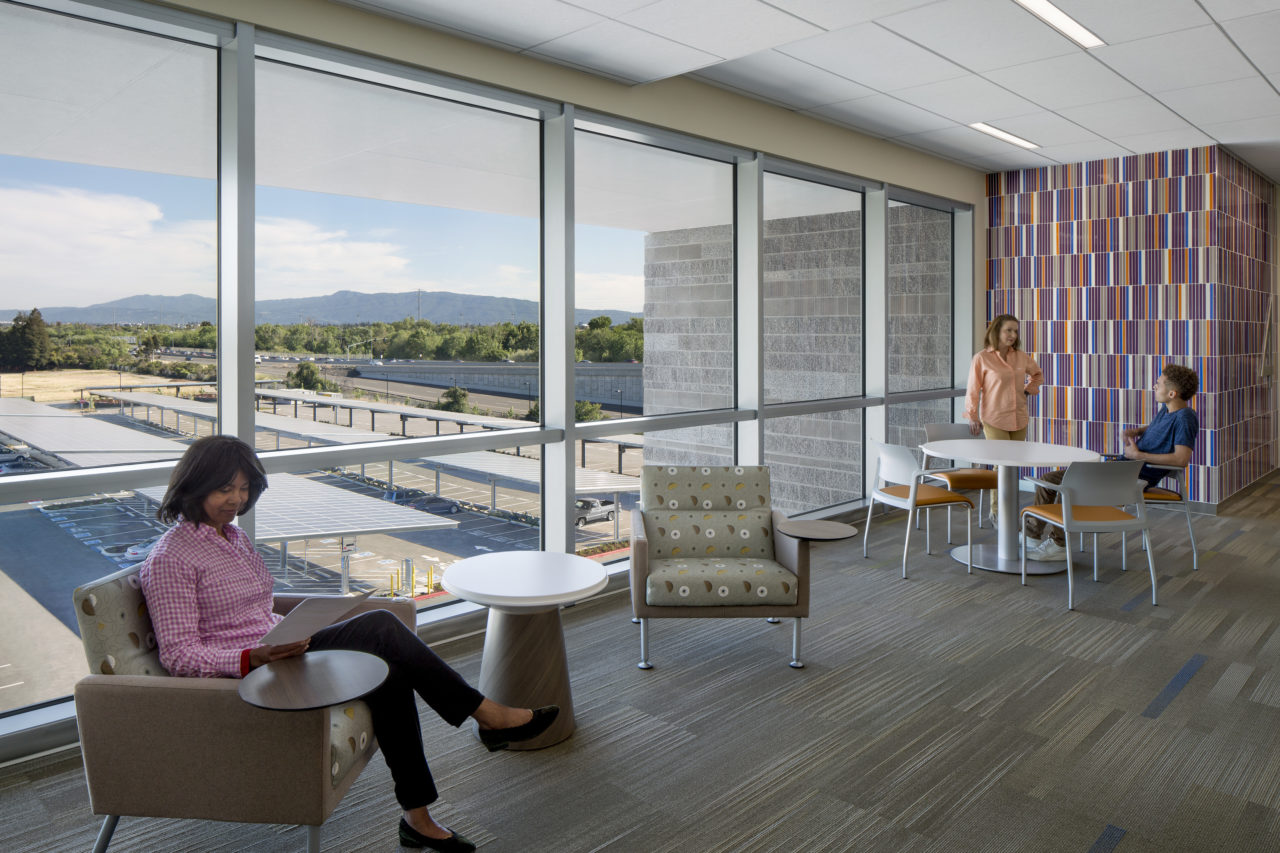By now, the general public is aware of sustainability, and savvy clients are even making sure to ask for sustainable materials and features in their buildings. With this increase in demand, the supply for green building materials has also increased, resulting in a wide variety of high-quality material choices.
However, there is always a push towards the next movement, and while sustainability is certainly a step in the right direction, the future is looking towards renewability. Renewability means giving back and leaving things better than you found it. Materials that are pushing the envelope with this concept are going to be changing the way architects approach their designs; paving the way for the next wave of environmentally responsible buildings.
Initial vs. Long Term Costs
When designing buildings, we need to take into account not only the initial cost of materials but also the long term maintenance and operation costs associated with it. The front end of what we, as architects, do is only starting the life of a building. In a 30-year cycle, design and construction make up very little of the initial costs while personnel and operations account for the majority. A big part of our job is educating clients about the lifecycle costs and giving them the opportunity to consider material choices that may initially cost more but will serve them better and yield savings in the long run.
The industry perception of green buildings as premium solutions is in the past. The same is true for the green building materials which are no longer seen as a deal-breaker for the project budget. The industry has evolved, and many of the product options do not incur any additional costs compared to non-green materials. In fact, the manufacturers are competing to provide building materials that have different levels of recyclable and renewable content as well as healthy sourcing and manufacturing practices. Between these options and the lifespan cost savings considerations, it often makes more financial sense to choose green building materials for a project.
 Green Building Materials Provide Occupant Benefits
Green Building Materials Provide Occupant Benefits
The push towards renewable buildings provides several benefits to the client, but also to the occupants. A few of them are:
- Education. Regenerative building designs use environmentally conscious materials and have direct impact on the work environment and environment at large. Promotion and incorporation of regenerative practices, operations, and green materials raises awareness, educates the public and influences positive human behavior. Understanding why making right choices matters is key in changing social norms and creating environmentally conscious behavior.
- Productivity. Green building materials and regenerative building design provide healthy and comfortable environments which increase alertness and productivity of the occupants. One design approach is the inclusion of biophilic design within the project to connect occupants with nature and provide a pleasant atmosphere. Such an environment has a proven record of having health, environmental, and economic benefits for building occupants.
- Wellness. Green building materials and regenerative design practices play a major role in creating healthy environments. In hospitals, there are numerous evidence-based studies showing that healthy interior environment and natural daylighting accelerate patients’ recovery time and shorten stay in a hospital. In education, healthy interior spaces with low VOC materials and natural daylight lead to increased student attendance, better alertness, and better performance.
It’s important for designers to think about selecting materials that will serve both the people and the environment. We like to think about materials’ longevity, purpose, and how they can be reused and recycled in the end. There are many great options out there, such as Cradle to Cradle certified materials, which are reviewed and rated against the following categories: material health, material re=utilization, water stewardship, social fairness, and renewable energy and carbon management. As the industry is evolving and improving, there aren’t too many examples of materials where you couldn’t make a green choice over another and achieve the same (or better!) results.
 From Sustainability to Zero Net Energy and Renewability
From Sustainability to Zero Net Energy and Renewability
The goal in building design is to always be striving to do better than previous standards, and a big part of that comes from researching the latest material choices and energy-saving methods. We learn from each project we work on and build on that knowledge to continue serving our clients with the best design for their project.
The County of San Diego North Coastal Live Well Health Center in San Diego, California is a Zero Net Energy (ZNE) building, which can be considered the stepping stone between sustainable building practices and renewable building practices. It’s powered entirely by the sun and uses no fossil fuels to operate the building. Teflon-coated fiberglass shade sails protect from solar heat gain, while still allowing for views and natural light.
At the CSU Monterey Bay Joel and Dena Gambord Business and Information Technology Building in Seaside, California, we utilized water and energy conservation strategies, as well as incorporating a large atrium in the middle of the building to bring in natural lighting. This project’s energy performance is 42 percent better than baseline and is listed as an emerging ZNE design.
HMC has been pushing the envelope in green building for years, and we’re energized by the emerging material options that allow us to explore renewable design. Our design teams are passionate about creating buildings that are not only good for the environment but also teach building occupants about the benefits of green design. To learn more about how you can incorporate green building materials into your design, contact HMC Architects today. For specific questions related to your project, email George Vangelatos, Chief Design Officer or Marko Blagojevic, Lead Design Principal, directly.





